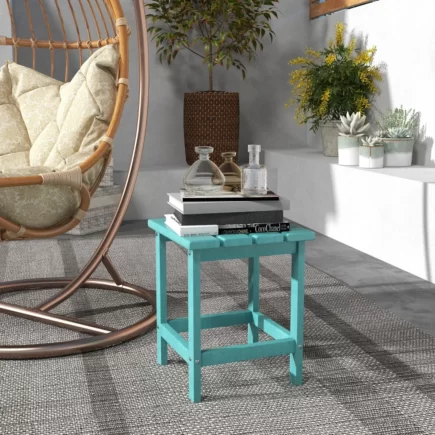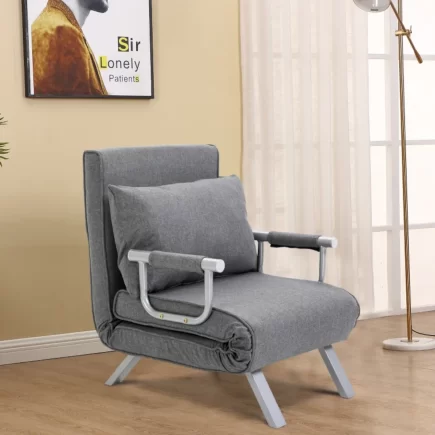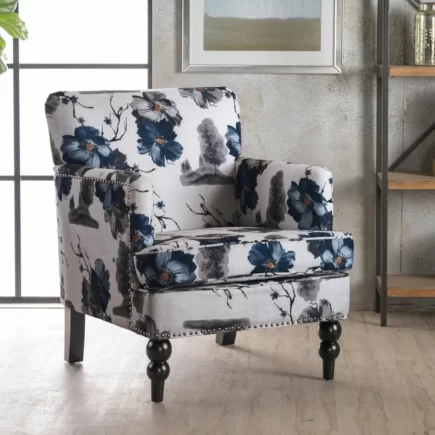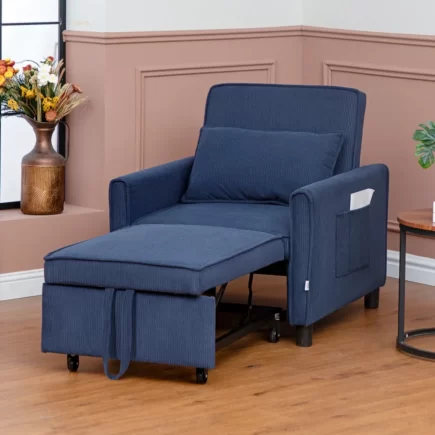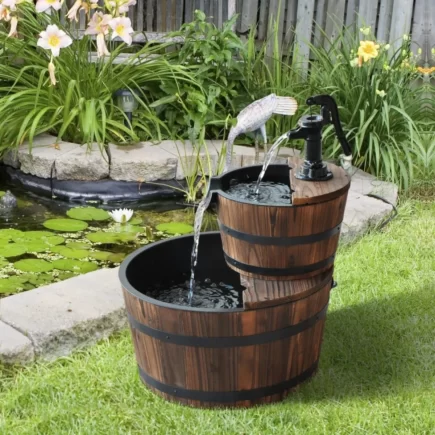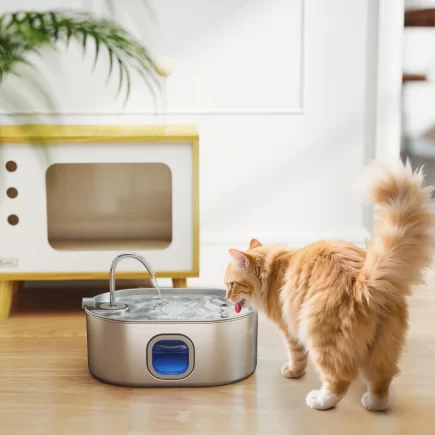Fabric dining chairs bring a soft touch and elegant feel to your dining space. But as much as they enhance comfort and style, they also attract spills, crumbs, and stains. Whether you’re dealing with daily dust or an unexpected red wine accident, proper cleaning is key to keeping your chairs looking great for years to come.

In this comprehensive guide, we’ll walk you through the step-by-step process of cleaning fabric dining chairs effectively and safely. Whether you’re shopping for a new set or want to refresh the ones you already have, this guide will help you make informed decisions and care for your investment.
Gather the Right Tools and Supplies Before You Start
Cleaning your fabric dining chairs is easier when you have everything you need ready to go. Here’s a list with items you may need:
| Item | Purpose/Use |
| Vacuum with upholstery attachment | Removes loose dirt, crumbs, and pet hair from seams and fabric surfaces |
| Microfiber cloths | Gentle cleaning and blotting without scratching the fabric |
| Soft-bristled brush or toothbrush | Helps lift debris from creases and lightly scrub stains |
| Spray bottle (optional) | Applies homemade or diluted solutions evenly |
| Steam cleaner (if safe for fabric) | Deep cleaning and sanitizing without harsh chemicals |
| Mild dish soap | Breaks down grease and surface-level dirt safely |
| White vinegar | Natural deodorizer and mild disinfectant |
| Baking soda | Absorbs odours and lifts stains gently |
| Hydrogen peroxide (use with caution) | Tackles stubborn organic stains (test on hidden area first) |
| Commercial upholstery/enzyme cleaner | Specialized formula for tough stains and odour removal |
Vacuuming to Remove Surface Debris and Crumbs
Start your cleaning process with a thorough vacuuming. This step lifts loose dirt, crumbs, pet hair, and other particles that can scratch or soil the fabric during wet cleaning.
How to Vacuum
- Use an upholstery attachment for better reach and gentleness
- Pay attention to seams, tufts, and corners where debris collects
- Remove seat cushions (if detachable) and vacuum both sides

Spot Cleaning Spills and Stains the Right Way
Spills should be addressed immediately to prevent staining. Here’s how:
For Dried Stains
1. Check the Fabric Care Label
Look for the care label on the underside of the chair or cushion. This label will indicate whether the fabric can be cleaned with water, solvent-based products, or only vacuumed. Choosing the correct cleaner is crucial to avoid damaging or discolouring the fabric.
2. Apply the Cleaner Gently
Once you have the appropriate cleaner, dampen a microfiber cloth slightly and do not soak it. Gently dab the cleaner onto the stained area. Avoid pouring the cleaner directly onto the fabric, as this can cause oversaturation and watermarks.
3. Blot the Stain Repeatedly
With a clean section of the cloth, continue to blot the area gently. Don’t rub or scrub, as this can damage the fabric fibres. Instead, press lightly and repeat until the stain lifts. This slow, careful method is more effective and safer for delicate upholstery.
For Fresh Spills
- Blot the area gently with a clean, dry cloth do not rub
- Use a slightly damp cloth to dilute and lift the remaining spill
How to Rinse Without Leaving Soap Residue
Leaving soap or cleaner behind can attract new dirt and reduce fabric longevity. Always rinse thoroughly.
- Use a clean microfiber cloth dampened with plain water. Make sure the cloth is only slightly wet to avoid soaking the fabric during rinsing.
- Gently dab the damp cloth over all areas that were cleaned with soap. Work in a circular or blotting motion to lift remaining residues without pushing moisture too deep.
- Repeat the dabbing process with a fresh section of the cloth until you no longer see soap bubbles or feel a slick, sticky layer on the fabric.

Air Drying Techniques for Safe Fabric Preservation
After cleaning, drying fabric the right way is key to preserving its integrity.
- Air dry in a well-ventilated room: Choose a room with open windows or a cross breeze to promote even drying. The natural airflow helps evaporate moisture from the fabric without applying direct heat, preserving the texture and preventing any musty smells from forming. This method is gentle and fabric-safe.

- Use a fan to circulate air: Position a standard fan so it points directly at the chair. This accelerates the drying process by enhancing air movement, which reduces drying time significantly. It’s an effective way to speed things up without exposing fabric to harsh heat sources that can cause shrinkage or damage.
- Place near a dehumidifier for faster results: If humidity is high, a dehumidifier can pull excess moisture from the air and the chair’s fabric. Set the dehumidifier a few feet away from the chair in a closed room. This technique reduces drying time and helps prevent mildew or mould growth in fabric that’s slow to dry naturally.
How to Use Baking Soda for Odour Removal
Baking soda is a natural deodorizer. If your chairs smell musty or retain food odours, this method works wonders.
- First, make sure the chair is dry and free from visible debris by giving it a quick vacuum.
- Lightly sprinkle a generous layer of baking soda over the entire fabric surface, including the seat, backrest, and creases.
- Let the baking soda sit undisturbed for at least 30 minutes. For stronger odours, leaving it overnight will give better results.
- Once the time is up, use your vacuum cleaner with an upholstery attachment to thoroughly remove all the baking soda. Be sure to go over seams and edges carefully to get every bit.

Steam Cleaning: When and How to Use It Safely
Steam cleaning is effective for deep cleaning and sanitizing, especially if your fabric can handle moisture and heat.
When to Steam Clean
- Surface is heavily soiled
- You want a chemical-free sanitation method
How to Steam
- Pre-vacuum thoroughly
- Fill your steam cleaner with water only (or approved solution)
- Test on a hidden spot
- Use slow, consistent motions
- Allow to dry completely
Mistakes to Avoid When Cleaning Upholstered Furniture
Even with the best intentions, common mistakes can damage your chairs:
- Using too much water
- Scrubbing vigorously
- Ignoring the care label
- Not blotting spills immediately
- Skipping spot tests for new cleaners
With these habits, you’ll extend the life and appearance of your fabric dining chairs for years to come.
Dining Chairs bring a level of comfort and sophistication that few other seating options can match, but they also demand mindful care. From everyday dust and crumbs to accidental spills, proper cleaning techniques can mean the difference between a chair that ages gracefully and one that deteriorates prematurely.
By following the strategies outlined in this guide, vacuuming regularly, spot-cleaning smartly, using the right products, and avoiding common mistakes, you’ll not only preserve the beauty and texture of your chairs but also ensure they remain a hygienic, inviting part of your dining space.
FAQs
1. How can I prevent dust from settling on fabric dining chairs in the first place?
Use a slipcover or chair cover between meals, especially if the chairs aren’t used daily. Regular light vacuuming also helps prevent buildup.
2. What should I do if my chair has an odour even after cleaning?
Try placing an open container of activated charcoal or a fabric-safe odour absorber near the chair for 24-48 hours to neutralize lingering smells.
3. Can I use fabric refresher sprays between cleanings?
Yes, as long as they’re water-based and safe for upholstery. Always test in a hidden area first to check for discolouration or residue.



